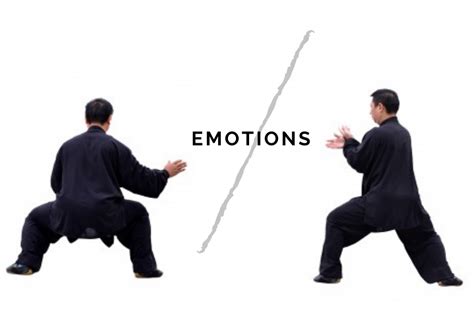Personal stories of self-defense, especially those involving the use of concealed firearms, play a significant role in the ongoing debate surrounding concealed-carry laws. These narratives provide real-life context to the abstract statistics and legal language that often dominate the conversation. Let’s explore how these personal accounts can influence public opinion, legislation, and the collective understanding of self-defense rights.
Humanizing the Statistics
Bringing Data to Life
While data can illustrate trends, personal stories add depth to the numbers, giving a face and a voice to those directly affected by concealed-carry laws. These real-world accounts can highlight the circumstances where carrying a concealed weapon has either contributed to public safety or, conversely, resulted in unintended consequences.
Empathy and Emotional Resonance
Hearing about an individual’s experience can evoke a strong emotional response. Whether it’s a story of survival due to the defensive use of a firearm or a tragic outcome of gun violence, these narratives can shape how the public feels about concealed-carry rights and responsibilities.
Influencing Policy and Legislation
Lobbying and Advocacy
Personal stories can be powerful tools in lobbying efforts. Proponents and opponents of concealed-carry laws often use testimonials to support their positions, swaying lawmakers and the public. A compelling story can sometimes influence policy more effectively than academic research or statistical reports.
Legal Precedents
In some cases, stories of self-defense have influenced legal decisions and the implementation of laws. These precedents then shape future interpretations of the law, potentially affecting the rights of others.
Educating the Public
Understanding Risks and Responsibilities
Through personal stories, people can gain a deeper understanding of the risks and responsibilities associated with carrying a concealed firearm. These narratives often detail the split-second decision-making and aftermath that are seldom considered by those who have not faced such situations.
Training and Preparedness
Stories of self-defense often lead to discussions about the need for proper training and the mental preparation required to carry and potentially use a firearm in a high-stress situation.
Shaping the Culture of Self-Defense
Social Perception
How society views the right to self-defense and the role of firearms within it can be significantly affected by personal stories. These accounts can either reinforce the necessity of self-defense measures or highlight the need for stricter controls and alternative methods of protection.
Community Responses
In the wake of self-defense incidents, communities may come together to address safety concerns, which can lead to increased safety measures, community watch programs, and other collective efforts to prevent violence.
Lethality University: Learning from Experience
In the context of the concealed-carry debate, the experiences shared by instructors at Lethality University underscore the importance of training and support for license holders. The firsthand accounts from seasoned professionals like Joe Malone can offer insights into not just the practical use of firearms in self-defense but also the ethical and psychological complexities involved.
Conclusion
Personal stories have the power to illuminate the concealed-carry debate, providing nuanced perspectives that are often lost in generalized discourse. Whether influencing policy, shaping public opinion, or informing educational practices, these individual accounts ensure that the conversation remains grounded in the reality of human experience.

